How I Used Wordpress and Online Video to Bootstrap to $11k/mo
Hello! What's your background, and what are you working on?
👋 Howdy! I'm Dave Kiss, a self-taught, full-stack webmaster and solopreneur building video web apps and riding bikes around the sunny shores of Cleveland, OH.
I've been building and selling software products online since 2012. My flagship product is Vimeography, a WordPress plugin which helps to display Vimeo videos in functional, user-friendly gallery layouts on WordPress websites. It's actively used to power over 10,000 video course, portfolio, and membership sites, along with a 4.7/5 average rating and over 210,000 lifetime downloads.
Vimeography is entering its eighth year of business and currently earns $11,250/month in recurring revenue. The business operates off of annual subscriptions and is approaching its fifth year of snowballing renewals.
What motivated you to get started with Vimeography?
I've always been a video nerd and even went to college in Pittsburgh to learn how to produce videos professionally. Throughout school, I needed a way to show off some of the videos I was making, so I Googled for nights on end until Google almost broke and eventually figured out how to set up a crappy WordPress website where I could post my YouTube videos.
The website worked fine, but what it really taught me was that I liked the process of building websites way more than the 18-hour video production days and lugging around all that expensive and heavy video gear. I started taking on more and more web projects to supplement my income, and over time, the websites I built became less and less crappy.
I moved to Chicago and snuck my way into a job with Greyscalegorilla, a training company for motion graphics that produced many tutorial videos. We needed a way to show the videos we were making on the company website, and the existing options weren't all that great. So, I thought I'd build our own version that matched our brand and standards, and, with the company's permission, I open-sourced the project so others could contribute.
What went into building the initial product?
At its inception, Vimeography was very much a learn-as-you-go project for me. I only knew a little bit about WordPress and definitely wasn't the world's greatest PHP programmer. I also was too broke to hire someone who knew what they were doing, but I wasn't going to let that stop me.
It's an MVP, cut me some slack! Oof...
There were definitely a lot of longer nights and a whole lot of scrappy programming that went into the first version. It helped that the project was to be used on my employer's site; I was also able to dedicate some day hours to the project. This is vaguely known as intrapreneurship, and it's a viable approach for launching products that I definitely think is underutilized today.
The first version of Vimeography took about a month to create, but much longer to massage into a viable product; the Pro version of the plugin came out almost 15 months later. WordPress keeps all old versions around, and you can go back and download version 0.5.1 if you want to see the atrocious mess that I was proud to ship back then.
Landing pages, am I right?
Looking back, I was kind of surprised to recall that it took so long. When I started Vimeography, I had zero intention of turning it into a real business. I think only after I recognized that there was an opportunity to make a little extra side money did I take planning and development of a Pro version seriously. I regularly call Vimeography an accidental business, and myself an accidental business owner.
My approach to product development was simple: build features in as customers would request them. I didn't have much of a roadmap, so I relied on my own use case as well as feedback from other users to help drive product decisions.
How have you attracted users and grown Vimeography?
The first version of Vimeography was quietly posted to the free WordPress repository on June 16, 2012. No fanfare, no launch pricing, no ProductHunt, no IndieHackers, and really, nothing but this measly tweet that my friend Shannon was kind enough to share.
Initial users found the plugin on their own. The free WordPress plugin repository does receive quite a bit of traffic and still refers somewhere around half of new (free) users. Since Vimeography is a freemium model, these users get comfortable with the software, see its value, and turn to my paid version when they need enhanced functionality or customized gallery design.
Here's a pro-tip for those of you with your own WordPress plugins on the hosted repository: embed a Vimeo video in your README. Not only is it a great medium for showcasing everything that your plugin does and the problems it solves, but you now have access to the pageview stats that WordPress does not make public for your repository landing page.
I attribute the other half of users to effective SEO and content marketing. People seem to be familiar with Vimeo, know WordPress, and end up searching for "Vimeo WordPress plugin," so I spent a lot of time optimizing those results. I take the extra time and craft all of my titles, meta tags, and schema.org markup very carefully, using up every character like it's a finely-tuned tweet.
Ads, affiliate programs, and social media never really worked too well for this kind of business. I've had much better success with content marketing and education. Writing helpful articles and creating YouTube videos that provide information and answer questions is not only super effective but feels more personal and authentic than ads ever have. I've generally found that writing blog posts and articles is additive and will never work against you as long as it's original content.
I think the plugin's ratings instill confidence in any potential user, so I'm proactive about trying to keep those high. Whenever you have a positive interaction with a customer, go out of your way to ask for the review or testimonial. It's a good little trick for building a collection of positive feedback from your most loyal fans.
I knew I'd made it when the actual, real-life Wolf of Wall Street purchased my products and proceeded to file a chargeback (I did my damndest to fight that one, but alas, winning arguments on the internet is always difficult.)
What's your business model, and how have you grown your revenue?
| Month | Revenue |
| Oct '19 | 11870 |
| Nov '19 | 11155 |
| Dec '19 | 9665 |
| Jan '20 | 12367 |
Like many other WordPress plugins, Vimeography follows a freemium model. Users can install a free limited version of the plugin from the WordPress repository to get a feel for what the product is like. If they decide that they like what they see and wish to access some of the premium features, they can elect to upgrade to our Pro version for $99/year. I also sell premium gallery themes that can be implemented on any gallery, free or Pro, for $29/year. I use Stripe and PayPal to process all payments, with the majority coming through Stripe.
Even though I still feel like I'm severely undercharging due to the pricing that folks are accustomed to in the WordPress space, I'm doing better than when I started. The first sales I made were perpetual licenses for somewhere between $4-$12 a pop.
The $4 purchases eventually caught up with me and I was spending way more time supporting customers for little compensation than I was spending improving the product and business. I asked myself, "what real-world gift would you receive that would make this customer support case worthwhile?" and decided that a large pizza and six-pack of beer would suffice, so that's where the $29 price point came from.
I soon after learned that I couldn't sustain a business on perpetual licenses and decided to go the subscription route in 2014. All customers that purchased prior to the switch were granted complimentary five-year extensions to their existing licenses (take note: that's way too long.) Subscriptions were the best possible decision I could have made for the business, and it completely transformed the revenue stream over the years.
WordPress subscriptions don't behave like most SaaS products you might be familiar with. Since most WordPress sites are self-hosted, it's possible for customers to purchase your plugin, download and install it on their site, cancel their subscription, and walk away. (Yes, this does happen more often than I'd hope. Yes, you've probably done it yourself.) What I offer with a subscription is unlimited customer support to help if you get stuck and worry-free updates to introduce new features and ensure compatibility with any API changes, JavaScript updates, theme conflicts etc.
Vimeography currently earns around $11,250 per month, but there are definitely some months that are better than others. Summers get weird, holidays too. As a solo business, it works in my favor that expenses are extremely low: my accountant is the biggest expense, followed by my beer habit.
Vimeography has proven successful over the years. How do you know that it's time to work on something new?
Throughout our lives, we grow, we mature, and we look for the next challenge to conquer. If I had spent the rest of my life in high school with the same classes and teachers every day, I think I'd be pretty miserable. We have to take the lessons we've learned and bring the important ones along with us in our backpacks as we hit the trail to the next destination.
I've picked up a ton over the years and am grateful for the opportunities I've had with WordPress. But I wanted to stop being limited on the product innovations I could introduce due to the platforms I depend on, so I'm taking on a new challenge. I'm going big and building a video marketing platform for businesses called Andoto.
I've personally handled over 6,500 customer support tickets since creating Vimeography, so I've noticed a few trends that I hope to tackle and solve with my new product. Having complete control over the video player, design, backend, implementation etc. is a massive undertaking, but has many potential upsides.
Video embeds haven't changed a whole lot over the course of the past decade, and I think there's a whole lot more that video embeds can do to help improve business results. High quality video delivery and streaming should be expected.
There are many competitors in the video software space, including the "Big Three," Vimeo, YouTube, and Wistia. I think they each have their place in the market and that the video market is big enough for multiple players, so I'm excited to do my best to innovate in that space.
What are the biggest challenges you've faced and obstacles you've overcome?
Relying on other services for your wellbeing can be a blessing and a curse. You get to ride the coattails a bit and leverage existing traffic, but you're also held hostage by decisions made by the company you've chosen to integrate with, including potential encroachment into the territory of the problem your product solves.
Hiring devs is super hard as a solo founder. I still don't really know how to do it well. Most devs are either lack the experience that's necessary to work on a project like this, or are making six figures somewhere else.
I had to learn a lot about code in the early days, but I learned to not be afraid of scrappy programming. Some of my code solutions were absolutely cringeworthy in the early days. I probably still have some pretty embarrassing stuff that lives on in the codebase, but then again, what developer doesn't? Anything that gets your product out into the real world is fair game to me.
Also, charge more sooner. If nobody's complaining about your price, it's too low.
I talk about some of these lessons and more over on my website.
Have you found anything particularly helpful or advantageous?
The number one thing that helped Vimeography succeed is kind of a funny story. I was living in Chicago, broke as can be, working on the free version of the plugin. I came across a blog post on the Vimeo developer blog that mentioned they'd be hosting a hack day for the local community in a few weeks, which would have been great, but the local community was New York City, not Chicago.
That wasn't going to stop me. I took a sick day, did my best to scrounge up every penny I could, and bought an early-morning Spirit Airlines flight to NYC with a return date of... later on, that same evening.
I showed up at Vimeo's Headquarters in Chelsea and shook the hands of those in attendance, sharing my story with them and consuming far too much coffee.
Someone tell this guy to get a haircut.
My new buds for the day! (Hi, Aaron!)
The benefits of that trip were immeasurable. That day, I made connections with the Vimeo staff, got early access to beta API features before they went live, and got in-person feedback from the people who knew Vimeo's product best before I headed back to LaGuardia and finished the trip in a total of about 18 hours.
It goes to show that, as Shane Snow claims in Smartcuts, serendipity can indeed be engineered to give yourself the best possible chance at a favorable outcome.
Outside of that, show how you can provide true value for a company. Give them the ability to test and prove the ROI, you'll win customers for life.
I loved the advice given in Deep Work by Cal Newport, read that sucker in a day or two. Big fan of Derek Sivers and his book Anything You Want, Noah Kagan's Podcast, and the MicroConf gang in general.
What's your advice for indie hackers who are just starting out?
Lesson one: Nobody learns this stuff overnight, and it can quickly become discouraging and overwhelming. Just keep plugging away, never stop learning, channel your inner grit, and know your reasons for the work that you do.
Lesson two: Don't focus too much on the frameworks you've read for success. What works for some businesses might not apply at all to yours, and most productivity advice is fluff and unnecessary. I think the best thing you can do is practice self-discipline, keep showing up, testing new ideas, strategies, processes, and not get down on yourself when something doesn't work.
Lesson three If you're a developer seeking out an idea, look for glowing APIs. Honestly, you can make your entire living off of wiring other products together (might not be your long term plan, but it can be done.) I always like to scan API documentation for interesting or underused endpoints. Some APIs will expose somewhat unleveraged data that, if deployed correctly, could be an entire business on their own for the right idea.
Lesson four: Sustain your momentum and try to keep your projects tangentially related. Even if you're switching projects, it's easier to take the lessons you've learned and connections you made and apply them to the next. It's way better than having to shift your context all of the time.
Lesson five: Be authentic, tune into your interests, and use your own voice. It's a lot easier to stay motivated to work on your product if you really find your Ikigai without pretending to be something you're not.
Lesson six: Start with attainable goals. Choose one of your monthly bills and do whatever it takes to get that paid by your product. It's a very attainable milestone that you can point to as progress. Once you accomplish that, pick your next largest bill. By the time you've covered your most expensive bill, you should have enough users and experience to see what's working, what's not, and be able to pivot accordingly.
Lesson seven: Talk to your customers. It's all-too-common advice that can't be stressed enough.
Where can we go to learn more?
My two video products can be found at https://andoto.com and https://vimeography.com. I'm happy to help IndieHackers like you out with your video strategy for your products at any time, just ping me.
I'm on Twitter @davekiss, or email [email protected]. Please also send me cute pictures of your pet
I write the occasional musing about solopreneurship on my website, such as this one about my tendency for Building in the Dark.
Hopefully you picked up something useful from this interview! I'm glad to be a resource for this community and encourage you to email me or post any comments/questions below. Cheers!
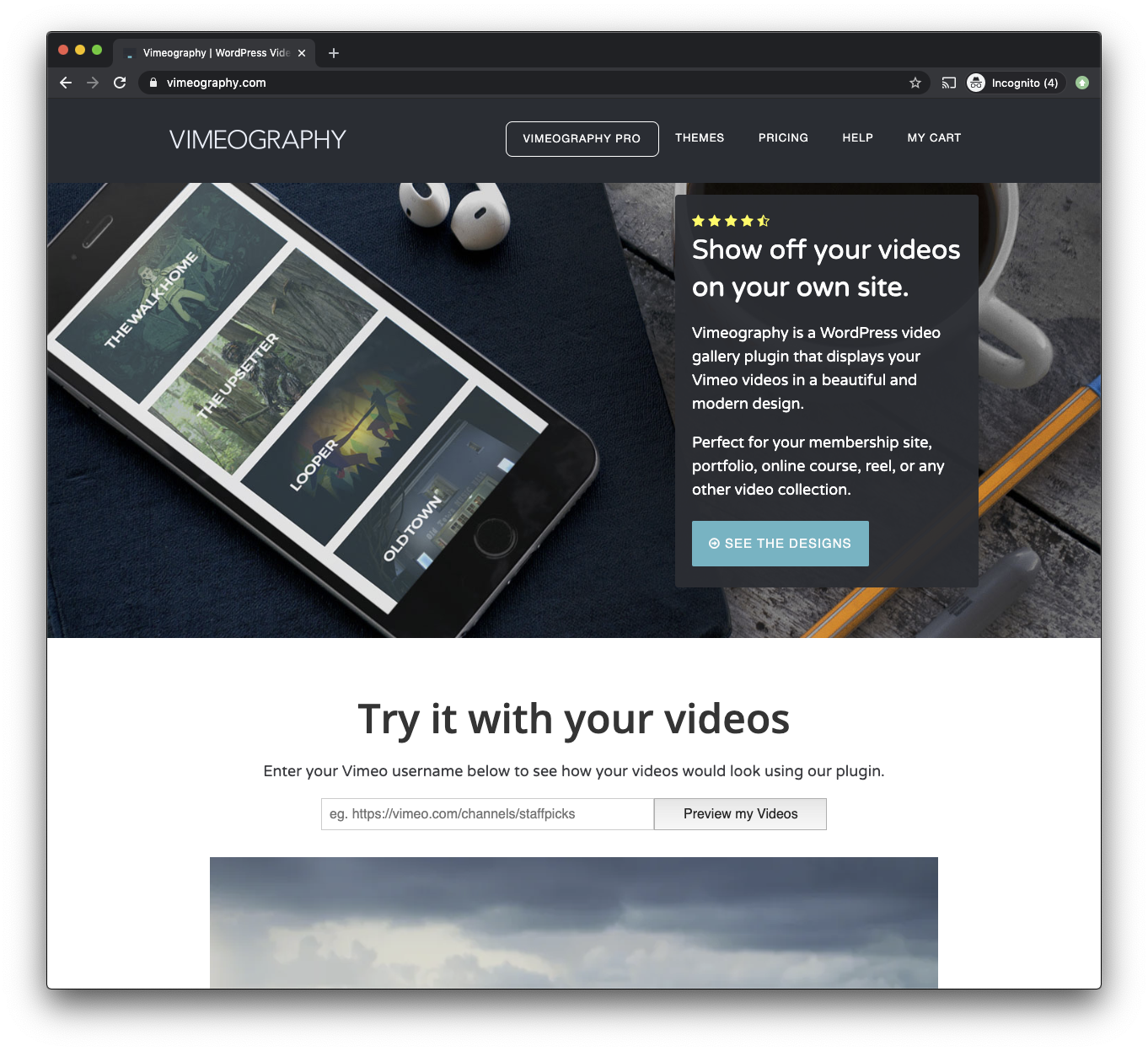
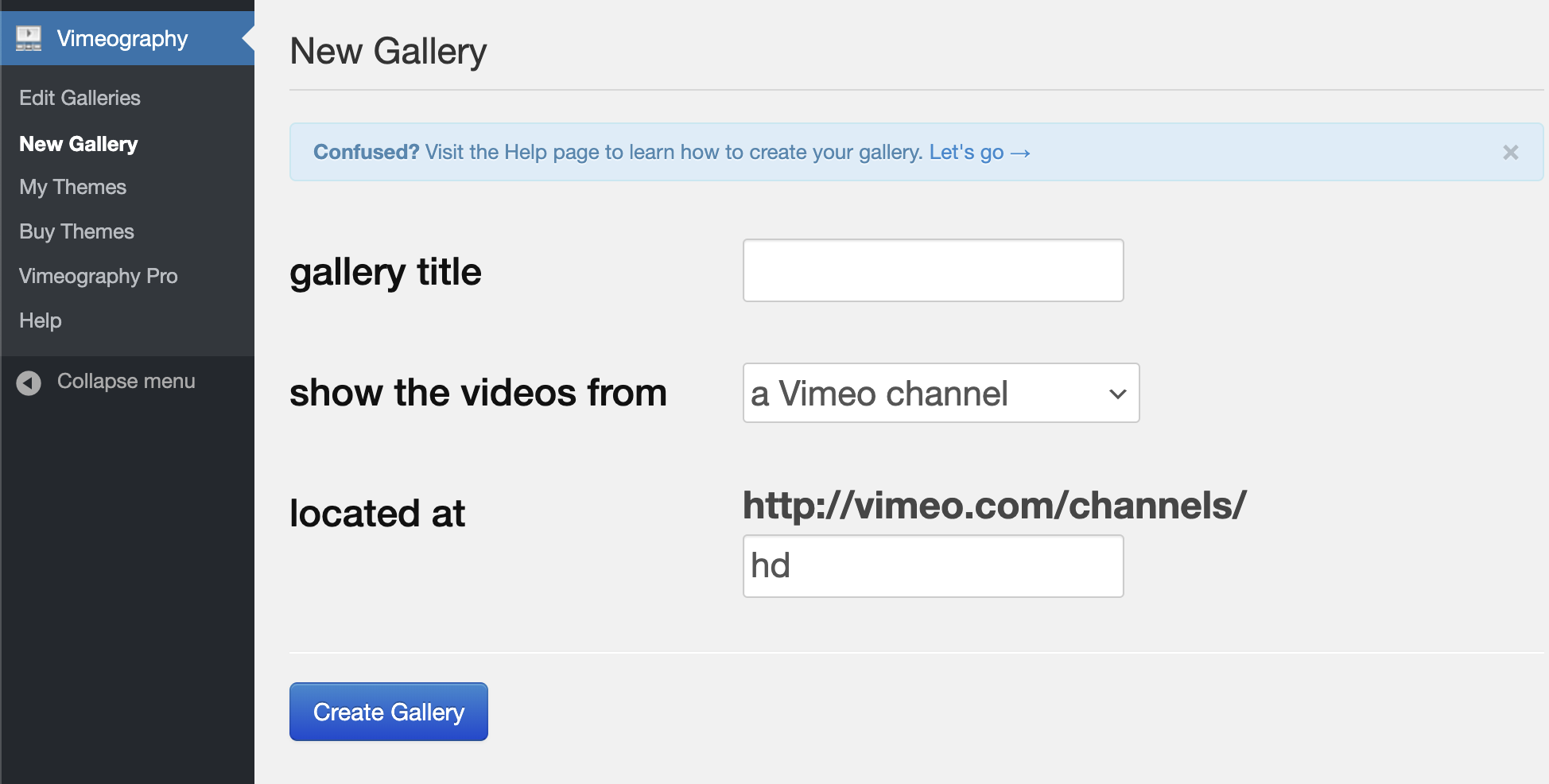

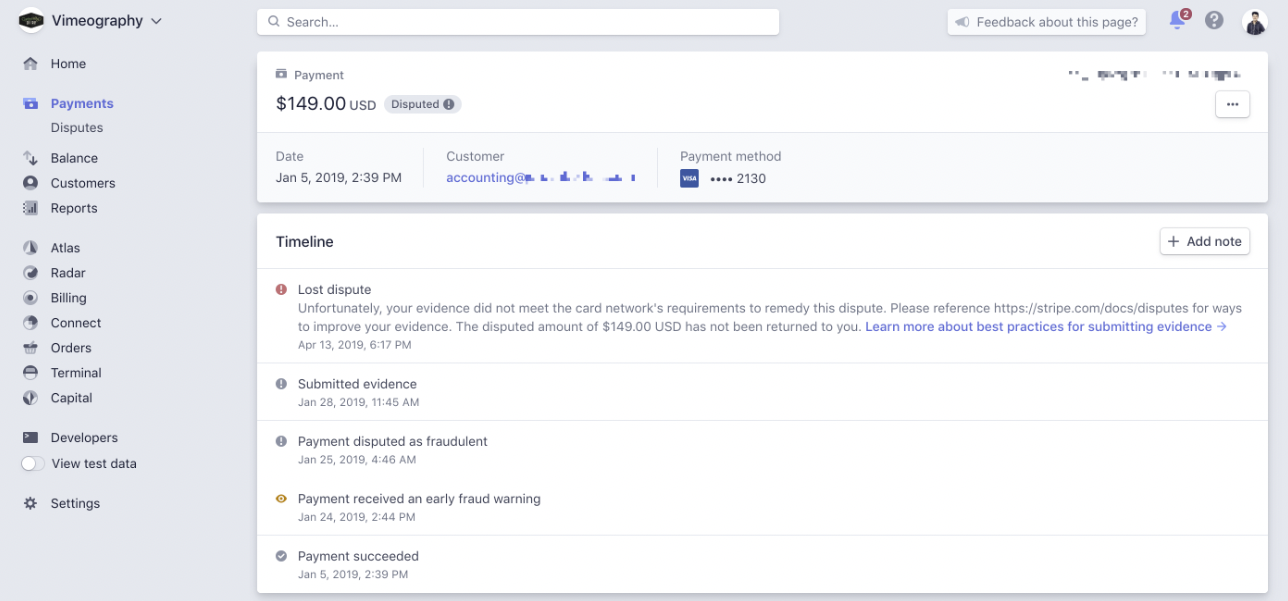
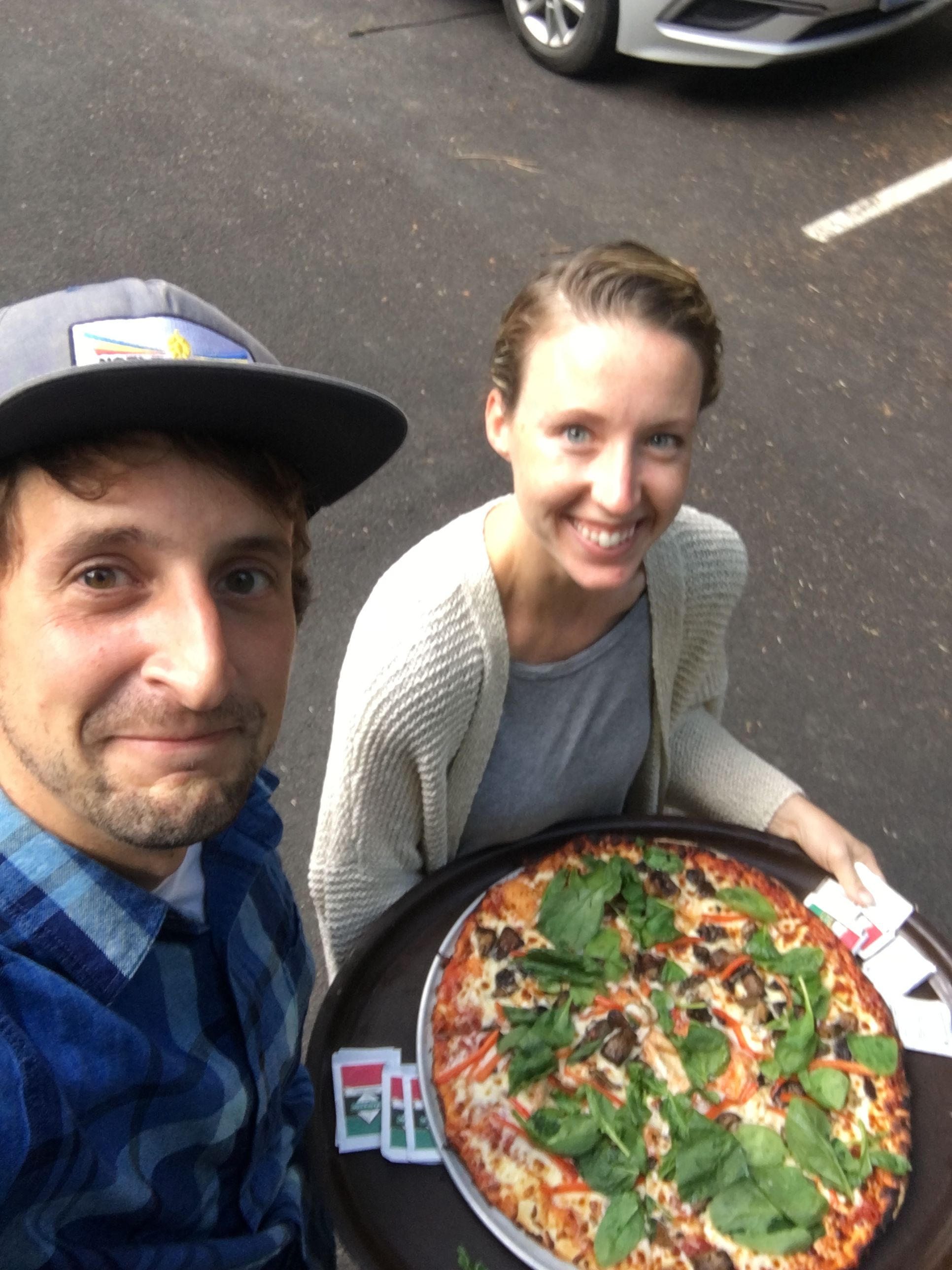
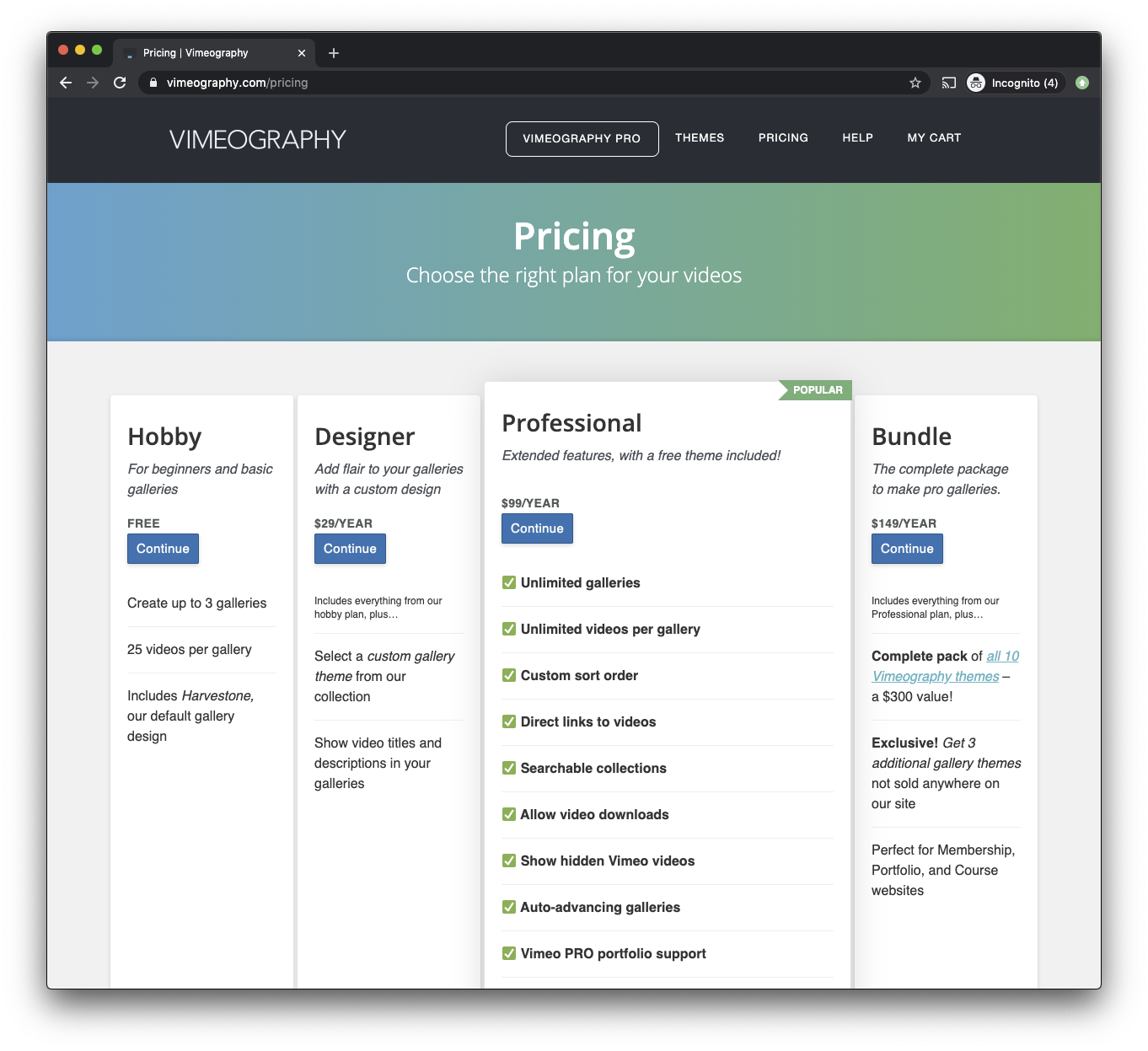

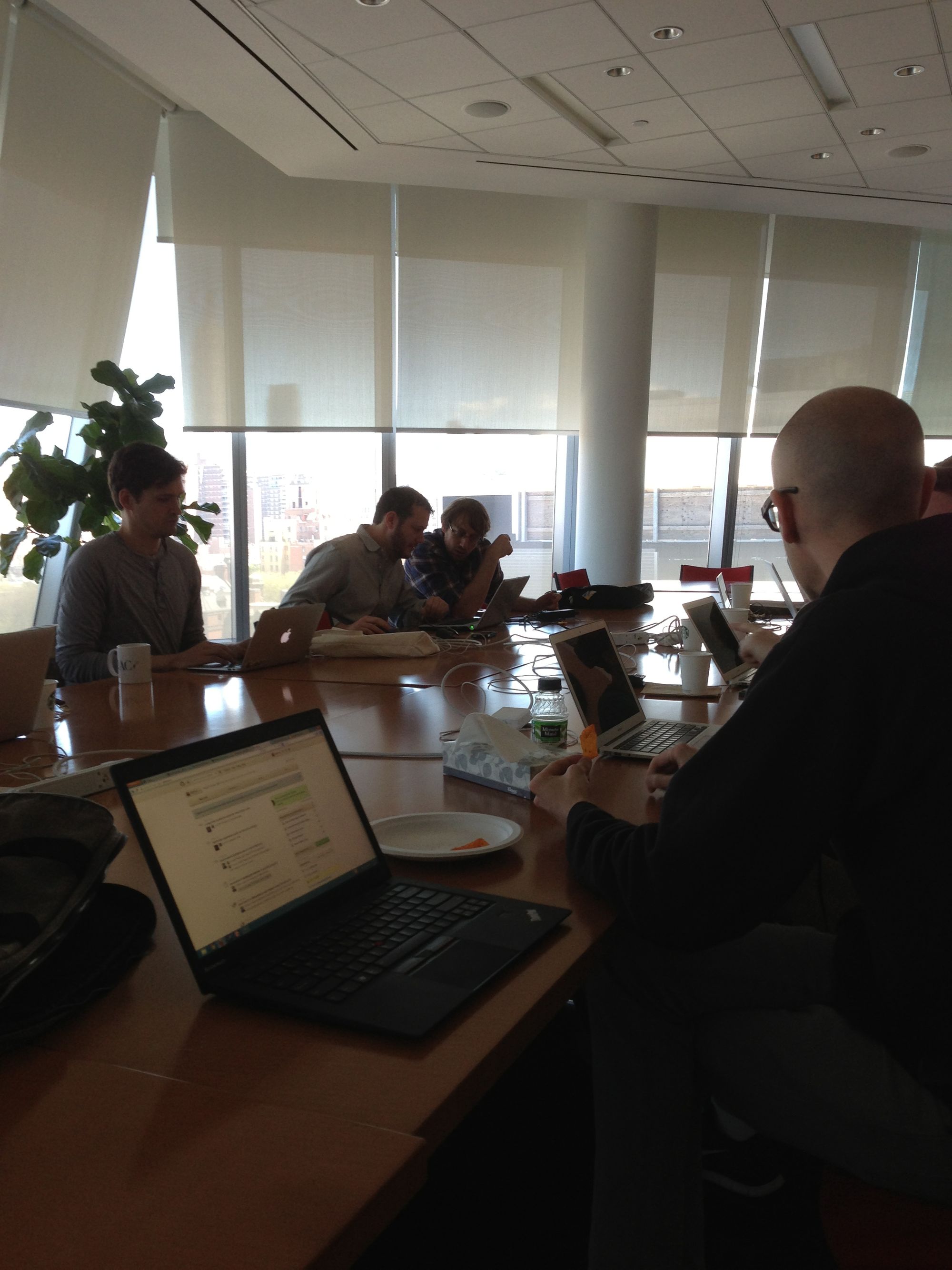
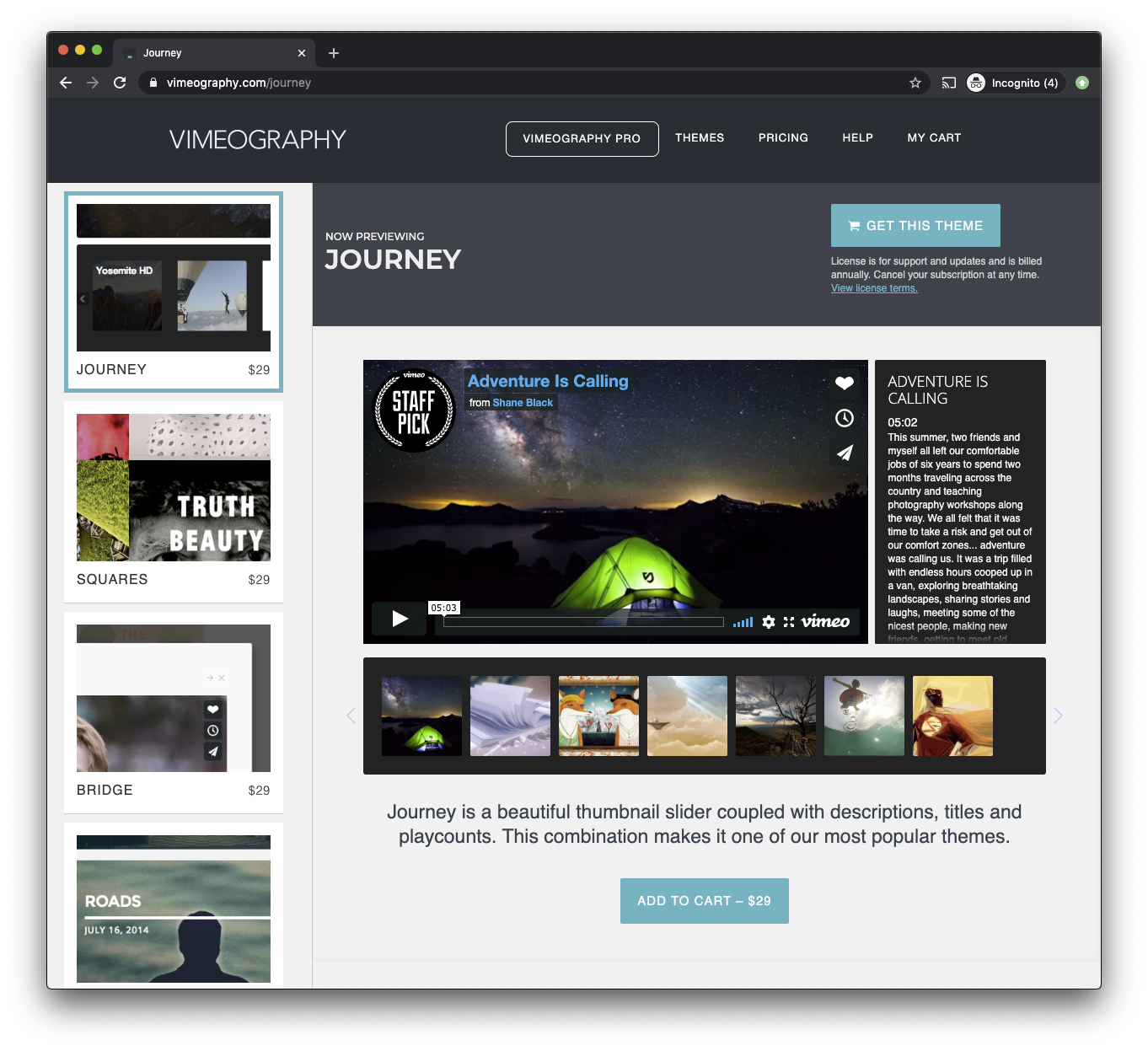

I appreciate you for sharing it :)
Hey Man!
That was one really inspiring read!
Really loved the way you narrated the whole experience!
Kudos!
Hey Dave and IndieHackers.
Can I share your story on Medium when I translate to the Turkish language?
Wow, that's inspiring!
Dave, could you share more about APIs you mentioned? I'm currently looking for the next idea and I'm a big fan of structured data and scraping stuff from public resources :)
Hey, thanks for reading!
I'm not referring to any "secret" API, but rather APIs in general. I think being creative and leveraging the data exposed by other companies is a really smart way to start generating some revenue.
I also think there's the opportunity for technical folks to create these smaller, niche integrations as loss leaders, or lead products. If you can create something of value by integrating two services together to solve a problem unique to a business domain, it might be a good way to start building an audience for bigger products/ideas down the road.
That said, here are a few services with APIs or Marketplaces that are really intriguing to me at the moment:
Zoom. Did you know they have a marketplace?
Dropbox. One service, used by so many different people, with so little third-party innovation. The
add_folder_memberendpoint is particularly interesting to me. Think membership program for shared dropbox folders/join my hard drive.Mattermost, Slack, or Twist. Real time + remote communication tools aren't getting any less popular.
AWS CDK or Pulumi. Infrastructure as code for specific niches/SaaS in a box. There will be a huge company that forms around this idea at some point.
Twitch. I'm still not sure exactly where this is going, but as this movement evolves, it will be an interesting space to watch mature.
Shopify, where you can now process entire checkouts and payments via GraphQL API calls.
nice, that's some food for thoughts
thanks for the insights, and for your time!